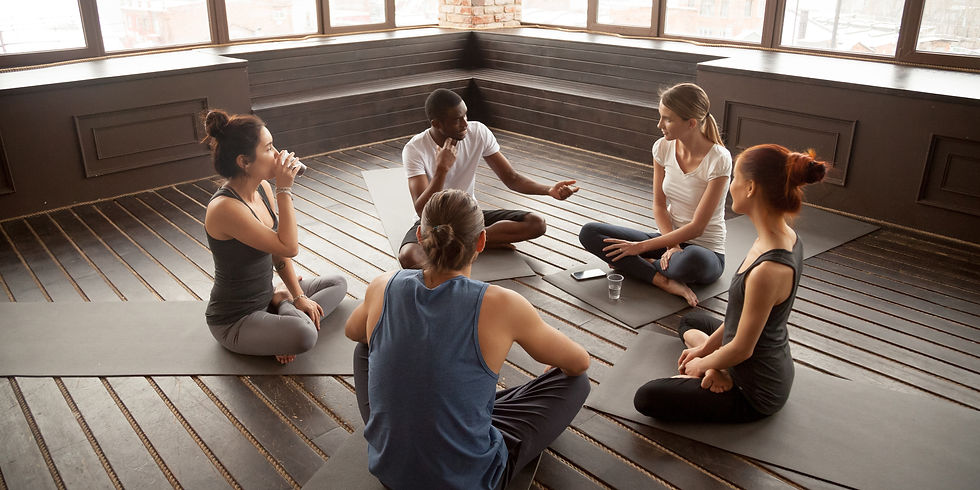Maximize Your Wellness Retreat: Tips for Nonprofit and Ministry Leaders
- alexandragrouzis
- Aug 5
- 3 min read

One of the most effective ways to combat burnout and reconnect with your purpose is to step away from your daily routine and attend a wellness retreat. Whether it’s hosted by Day 7 or one of the many retreats across the country, these experiences can offer calm, clarity, and restoration.
Choosing the right retreat depends on what brings you joy and what you’re hoping to gain. For some, that might be a yoga or meditation retreat. For others, it could be a faith-based gathering, a nature immersion, or a retreat centered on an activity (like writing or art).
But even after you’ve selected the perfect retreat, it can still be challenging to truly unplug. Here are a few tips to help you leave your retreat feeling rested, renewed, and ready to return to your mission with a fresh perspective.
Set An Intention
First, it’s important that you set a specific intention. For many of us, a wellness retreat seems like the ideal way to reconnect with yourself, get a much needed break, and connect with others that feel seemingly over-run in their day to day lives. However, it can drastically increase the impact of your retreat if you set a positive intention for your retreat.
This act of setting a positive intention will help you refocus your efforts on creating a good mindset for yourself as opposed to just fighting a bad one. Additionally, this will help you better focus your thoughts and understand the impact your retreat time has had on you.
These intentions may be understanding and setting clear work boundaries when you return from your retreat, having time to be more intentional in your faith, or learning mindfulness strategies that you can practice throughout your day.

Find Time to Actual Relax
While setting an intention can help you get more out of your retreat, it’s also important to remember why you went on the retreat in the first place – to relax! Retreats are often full of activities, new people, and beautiful new scenery. Taking time for fun and making new friends is an important part of a retreat, but try to carve out solo time to relax and reset. Find some time to go on a walk, sit with the new scenery, or even just to day dream.
This might feel difficult and, at first, might feel like more work than doing the activities! This is common for people who are used to high pressure or over active environments. Do what feels right, but remember the point of the retreat is to force yourself away from your typical environment and cadence.
Be Open to Honest and Genuine Connection
While “activities” or faith are usually at the center of your retreat, don’t forget that a huge part of the retreat is making strong connections with like-minded people. Rather they just have a similar hobby, or they are suffering from similar feelings of burn-out, a retreat is an ideal opportunity to make genuine connections.
These connections might just be weekend long friendships that allow you to be honest outside of the normal dynamics of your home relationships. They might be stronger connections that lead to friendships outside of the retreat. Regardless, being open to being honest about your feelings, burnout, or stressors will help create connections that can lead to deeper impacts from your retreat.




Comments